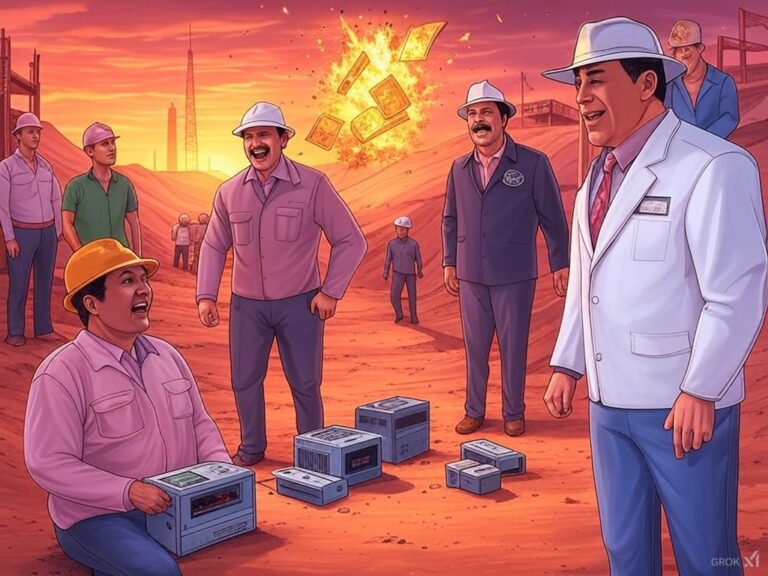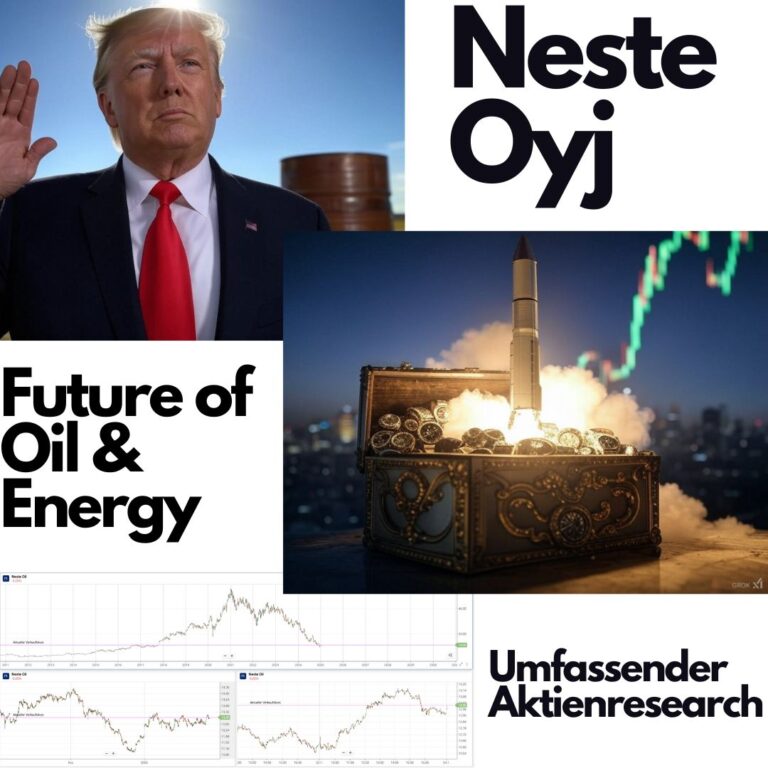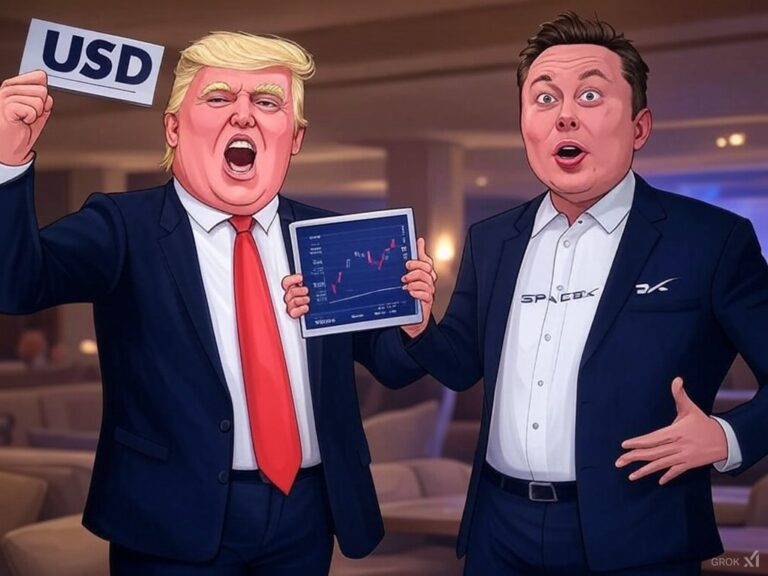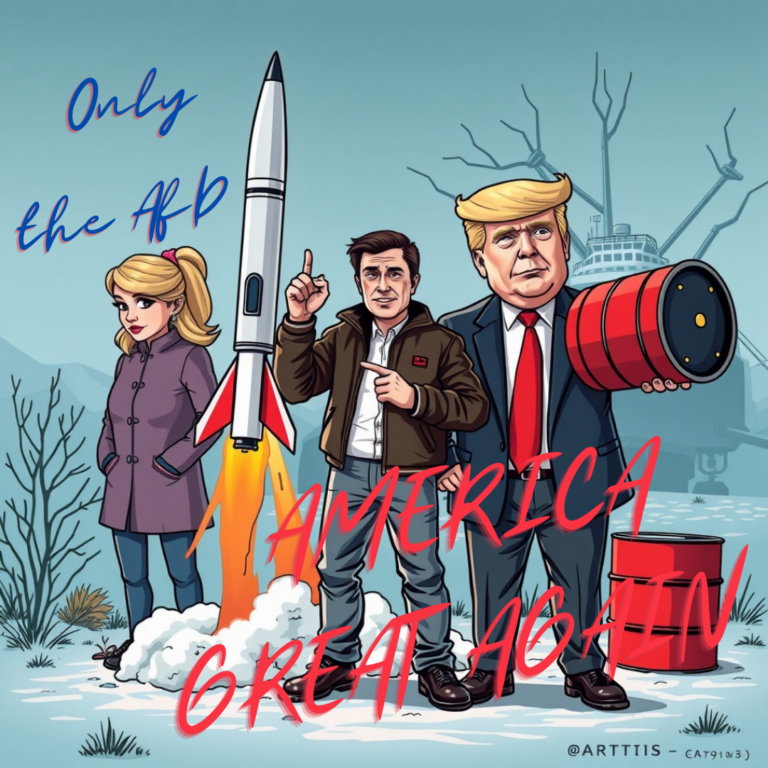Since time immemorial, there has been a great demand for raw materials and this is unlikely to change in the future. Currently, the prices of many commodities have risen sharply. For some industrial metals in particular, the price increase, calculated on a 12-month basis, amounted to almost 50 percent. No wonder that many are hoping for a new super cycle in commodities.
However, experts believe that the hoped-for scenario is rather unlikely, even though further price increases are to be expected for some commodities.
Last supercycle just after the turn of the millennium
The last major supercycle in commodities was not so long ago that many investors would not now be hoping for another supercycle. Just after the turn of the millennium, commodity prices experienced a sustained high for more than 10 years.
At that time, industrialization in the BRIC countries was taking place at a breathtaking pace. No wonder, then, that the demand for raw materials in Brazil, India, China and Russia increased enormously. This provided the impetus for the super cycle in commodities at the time.
Criteria of a supercycle currently rather not met
Economists speak of a supercycle when demand increases permanently, hitting an unprepared market so that supply is too low. In addition, the resulting price increase may not be a short-term phenomenon. Instead, the upward pressure on prices will have to be protracted over many years.
The current price increase for many commodities does not appear to the experts to be a lasting phenomenon. Instead, higher commodity prices are more likely due to the rapid economic recovery following the Corona trough in China and the various stimulus programs in other countries. This is unlikely to result in a lasting increase in demand.
However, even if no supercycle is currently to be expected for commodities, this does not rule out the possibility of still enormous price increases for some commodities.
Silver and copper with great future potential
Silver is a highly sought-after precious metal not only in the jewelry industry. Its special conductivity also makes the precious metal interesting for certain future technologies such as the 5 G mobile communications standard. There could therefore be permanently increased demand for silver in the future.
Copper is also highly interesting for many future technologies. It could play an even greater role in the future for many technologies that are important for digitization and the energy transition. However, the mining companies have reduced their investments in recent years, so that a supply shortage could quickly arise for copper. This would open up completely new opportunities for investors.
The trend towards increased demand results for all raw materials that are important for innovative future technologies. In this respect, investors who focus on commodities in their investments have good investment opportunities even without a new supercycle.






